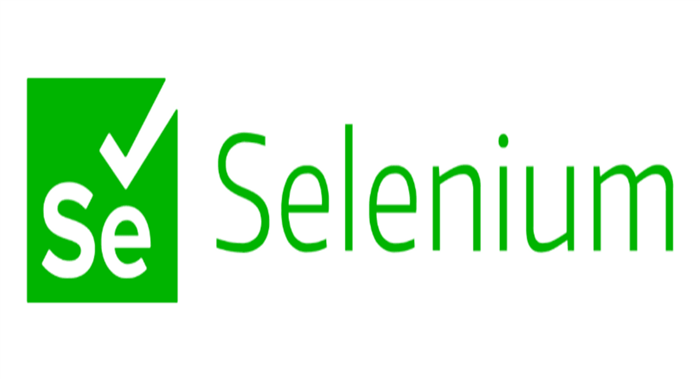Table of Contents
ToggleThe Spiral Model is a flexible and iterative approach to software development that combines elements of the waterfall model with the iterative philosophy of prototyping. This model was introduced by Barry Boehm in 1986 and is particularly well-suited for large and complex projects.
Characteristics of the Spiral Model:
1. Iterative Progression:
- Development occurs in repeated cycles, called spirals.
- Each spiral represents a phase in the Software Development Life Cycle (SDLC).
2. Risk-driven Approach:
- Prioritizes identifying and mitigating risks early in the development process.
- Risk assessment is an integral part of each spiral, ensuring proactive management.
3. Flexibility:
- Allows for changes and adjustments at any phase of the project.
- Particularly useful when dealing with evolving or uncertain requirements.
Phases of the Spiral:
Identification of Objectives:
- Define the project’s goals and objectives.
- Gather initial requirements from stakeholders.
Risk Analysis:
- Evaluate potential risks and uncertainties.
- Develop strategies to address and mitigate identified risks.
Development and Testing:
- Build a prototype based on the gathered requirements.
- Test the prototype thoroughly, incorporating user feedback.
Planning for the Next Iteration:
- Review the progress and results of the previous phases.
- Plan for the next iteration, considering changes and improvements.
Advantages of the Spiral Model:
Risk Management:
- Proactive identification and resolution of risks lead to a more secure development process.
Flexibility and Adaptability:
- Easily accommodates changes, making it suitable for projects with evolving requirements.
Client Involvement:
- Frequent opportunities for client feedback ensure the end product meets user expectations.
Continuous Improvement:
- Regular reflections on the development process enable continuous refinement.
When to Use the Spiral Model:
Large and Complex Projects:
- Well-suited for projects with high complexity and uncertainty.
Projects with Changing Requirements:
- Adaptable to changes in requirements throughout the development process.
Innovative Projects:
- Effective for projects that involve innovation and exploration.
Spiral Model is a dynamic and risk-conscious approach to software development, providing a systematic way to address uncertainties and ensuring adaptability in the face of evolving project needs.
